Home>Ideas and Tips>The Alchemy Of Transforming Trash To Treasure
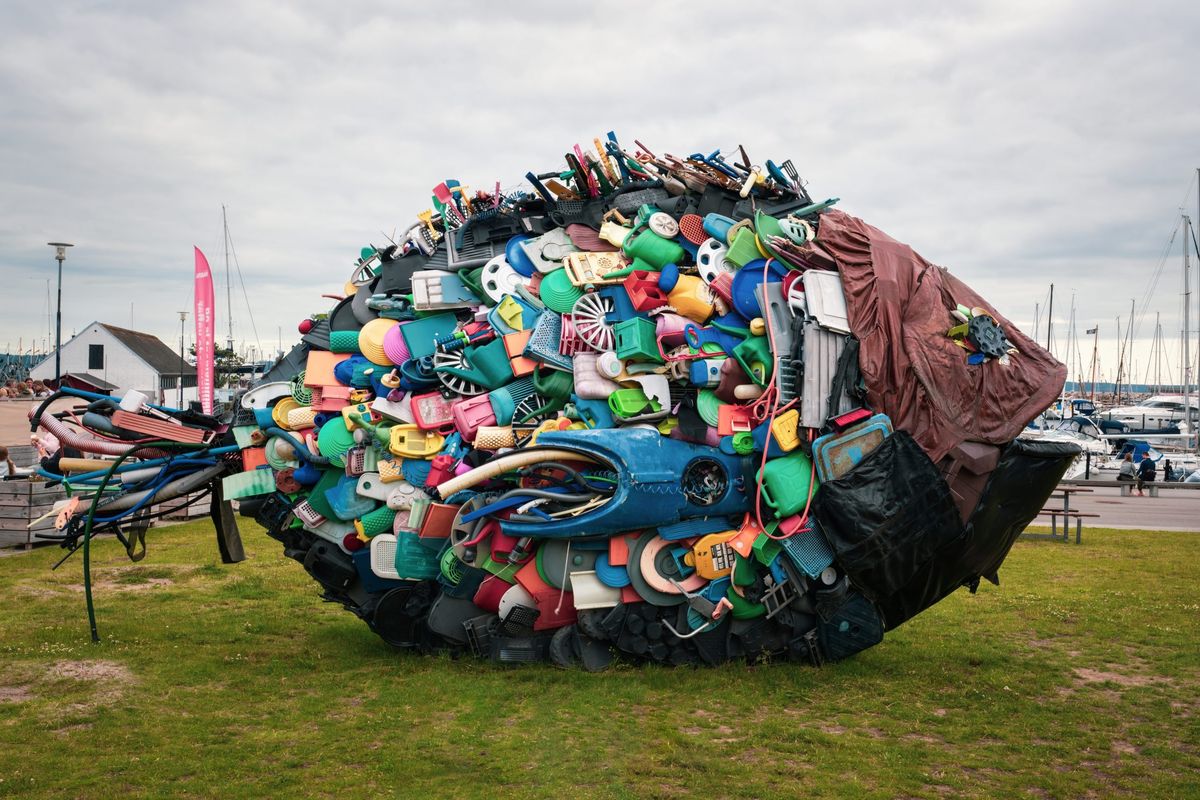

Ideas and Tips
The Alchemy Of Transforming Trash To Treasure
Published: October 20, 2024
Discover the art of upcycling: transforming trash into treasure to reduce waste, promote sustainability, and unleash creativity.
(Many of the links in this article redirect to a specific reviewed product. Your purchase of these products through affiliate links helps to generate commission for Storables.com, at no extra cost. Learn more)
In a world where waste management has become a pressing concern, the concept of transforming trash into treasure has emerged as a beacon of creativity and sustainability. This alchemy, often referred to as upcycling, involves taking discarded items and transforming them into higher-value, aesthetically pleasing creations. Unlike recycling, which breaks down materials into their basic components, upcycling celebrates ingenuity by reimagining items in their current state, leading to reduced carbon footprints and minimized ecological impact.
The Origins and Principles of Upcycling
The roots of upcycling can be traced back to the age-old practice of repurposing, where individuals found new uses for discarded materials out of necessity. However, the modern upcycling movement gained momentum in response to the mounting environmental crisis. The principles of upcycling extend beyond mere reutilization; they embrace innovation, resourcefulness, and a commitment to sustainable practices.
From Repurposing to Upcycling
Historically, people have always found ways to reuse and repurpose materials. For instance, old wooden crates were transformed into furniture or storage units. However, the modern concept of upcycling is more than just repurposing—it is about transforming waste into something of greater value. This shift in perspective is driven by the need to address environmental challenges head-on.
The Environmental Imperative
The world is grappling with unprecedented levels of waste. From plastic pollution in oceans to the staggering amounts of electronic waste, the consequences of our consumption habits are stark. Upcycling offers a creative solution to this problem by breathing new life into discarded materials. By doing so, it not only reduces waste but also raises awareness about overconsumption and the potential of waste.
Read more: The Alchemy Of Concrete Countertop Creation
The Artistic Alchemy of Upcycling
At the heart of upcycling lies the transformative power of creativity. Artists, designers, and crafters are leading the charge in turning trash into captivating works of art. From reclaimed wood furniture to fashion pieces crafted from discarded textiles, the upcycling movement has birthed a new genre of creativity that marries environmental consciousness with artistic expression.
Upcycling in Fashion
One notable example is the rise of "trashion" – a fusion of "trash" and "fashion." Designers and fashion enthusiasts are now using bottle caps, cardboard tubes, and other discarded materials to create high-fashion garments and accessories. This form of upcycling challenges conventional notions of beauty and material value, prompting us to see potential where others see waste.
Reclaimed Wood Furniture
Reclaimed wood furniture is another area where upcycling has made significant strides. Old pallets, barn wood, and even salvaged flooring are being transformed into unique pieces of furniture that not only reduce waste but also add character to any room. The process involves careful selection of materials, often involving intricate designs that highlight the natural beauty of the reclaimed wood.
Textile Upcycling
Textile upcycling involves transforming discarded textiles into new garments or accessories. This can range from turning old jeans into handbags to creating quilts from plastic bags. Artists like Susan Lenz and Adah Bennion have showcased their work in exhibitions such as "Rescue: Waste and Redemption," where they highlight the un-recycled hard plastics of medical waste and single-use plastics used in shopping bags, respectively.
The Science Behind Upcycling Innovations
While upcycling is often associated with art and creativity, it also involves a deep understanding of materials science. The process of transforming trash into treasure requires knowledge about the properties of different materials and how they can be manipulated to achieve desired outcomes.
Material Alchemy
Material alchemy refers to the ability of an artist to transform industrial byproducts into meaningful artworks or craft objects. This involves understanding the chemical composition of materials and how they can be altered through various processes such as bleaching, dyeing, or re-firing. For instance, Lisa Schnellinger's "Blue Flow" series, which is fused from blue gin and wine bottles, exemplifies how salvaged hard-to-recycle glass can be re-fired into textural abstract works of art.
Technological Innovations
Technological innovations are also playing a crucial role in upcycling. Advances in 3D printing and laser cutting have made it possible to create intricate designs from recycled materials. Additionally, innovations like plasma gasification and bio-bean factories are transforming waste into energy and biofuels, respectively.
Environmental Advocacy through Upcycling
Upcycling serves a higher purpose beyond its aesthetic appeal—it is a powerful tool for environmental advocacy. With each creation, artists convey a message about the pressing need for sustainable practices. Their artwork prompts viewers to reflect on their own consumption habits and inspires them to explore innovative solutions for reducing their environmental footprint.
Raising Awareness
Exhibitions and installations featuring upcycled art provide a platform for dialogue, raising awareness on a broader scale. These immersive experiences not only captivate audiences but also inspire them to embrace more eco-friendly practices and contribute to the ongoing battle against waste and environmental degradation.
Inspiring Change
Through their innovative use of recycled materials, upcycled artists inspire others to think creatively about waste. By showcasing the potential of discarded items, they challenge conventional notions of value and encourage viewers to reconsider their relationship with waste. This approach fosters a sense of community and collective responsibility towards sustainability.
Practical Applications of Upcycling
Upcycling is not just limited to artistic expressions; it has practical applications in various fields including architecture, interior design, and even technology.
Architectural Upcycling
In architecture, upcycling involves repurposing old buildings or structures into new ones. This can include transforming abandoned warehouses into residential spaces or converting historic buildings into museums. Such projects not only reduce waste but also preserve historical landmarks.
Interior Design
Interior design is another area where upcycling has made significant strides. Designers are now using reclaimed wood, repurposed glass, and even recycled textiles to create unique interior designs that are both sustainable and aesthetically pleasing.
Technological Innovations
Technological innovations are also transforming the way we approach waste management. For instance, smart shoes that convert every step into electricity or drones powered by food scraps are examples of how technology can be harnessed to turn trash into treasure.
Read more: The Alchemy Of Metallic Paint Finishes
Policy, Public Engagement, and Education
While technological innovations and artistic expressions are crucial components of upcycling, policy, public engagement, and education are equally important in turning these visions into reality.
Policy Initiatives
Governments can play a significant role by introducing policies that encourage waste reduction and recycling. For example, 'Trash for Cash' schemes reward households for their waste contributions, while 'Garbage Grades' at schools teach kids the value of waste from a young age.
Public Engagement
Public spaces can feature interactive waste-to-energy exhibits where tossing your trash powers the lights or music. This approach turns waste disposal into a fun and enlightening experience. Imagine trash cans that cheer when fed or bins that display the amount of energy your rubbish will produce, making every toss of litter a lesson in sustainability.
Education
Education is key in promoting sustainable practices. Schools can integrate environmental education into their curricula, teaching children about the importance of recycling and reducing waste from an early age. This approach fosters a culture of sustainability among future generations.
Conclusion
Transforming trash into treasure is not just an artistic expression; it is a practical solution to environmental challenges. Through upcycling, we can reduce waste, raise awareness about overconsumption, and promote sustainable practices. By embracing this alchemy of transforming trash into treasure, we can create a brighter, cleaner future where our daily detritus becomes the fuel for a more sustainable world.
In conclusion, upcycling is more than just a creative solution—it is a call to action. It invites us to rethink our relationship with waste and to see potential where others see only trash. By turning trash into treasure, we are not only reducing waste but also celebrating ingenuity and creativity. As we march towards a more sustainable future, let us rally behind the banner of upcycling, championing a world where our daily detritus becomes the treasure that powers tomorrow.
Was this page helpful?
At Storables.com, we guarantee accurate and reliable information. Our content, validated by Expert Board Contributors, is crafted following stringent Editorial Policies. We're committed to providing you with well-researched, expert-backed insights for all your informational needs.
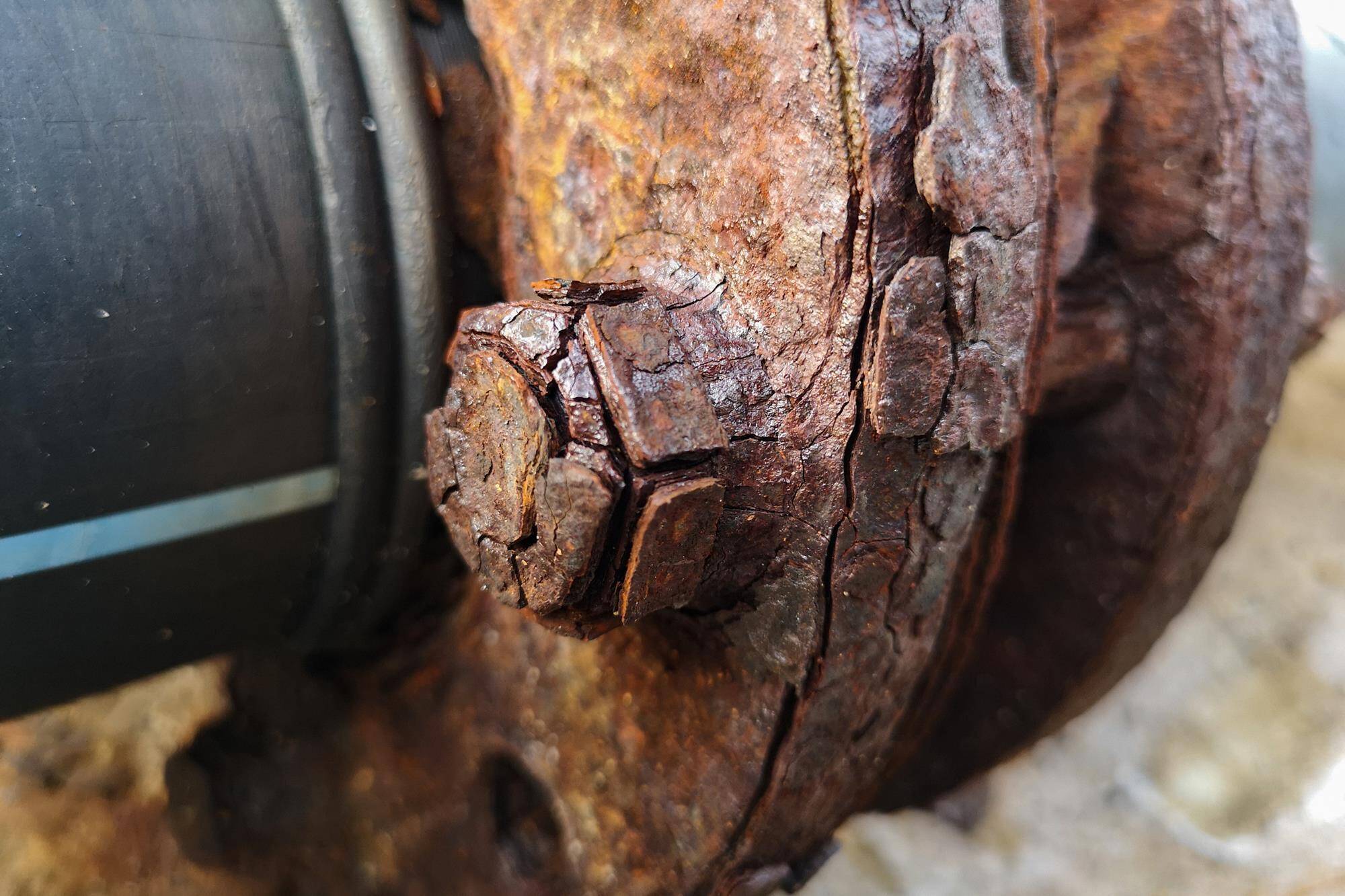
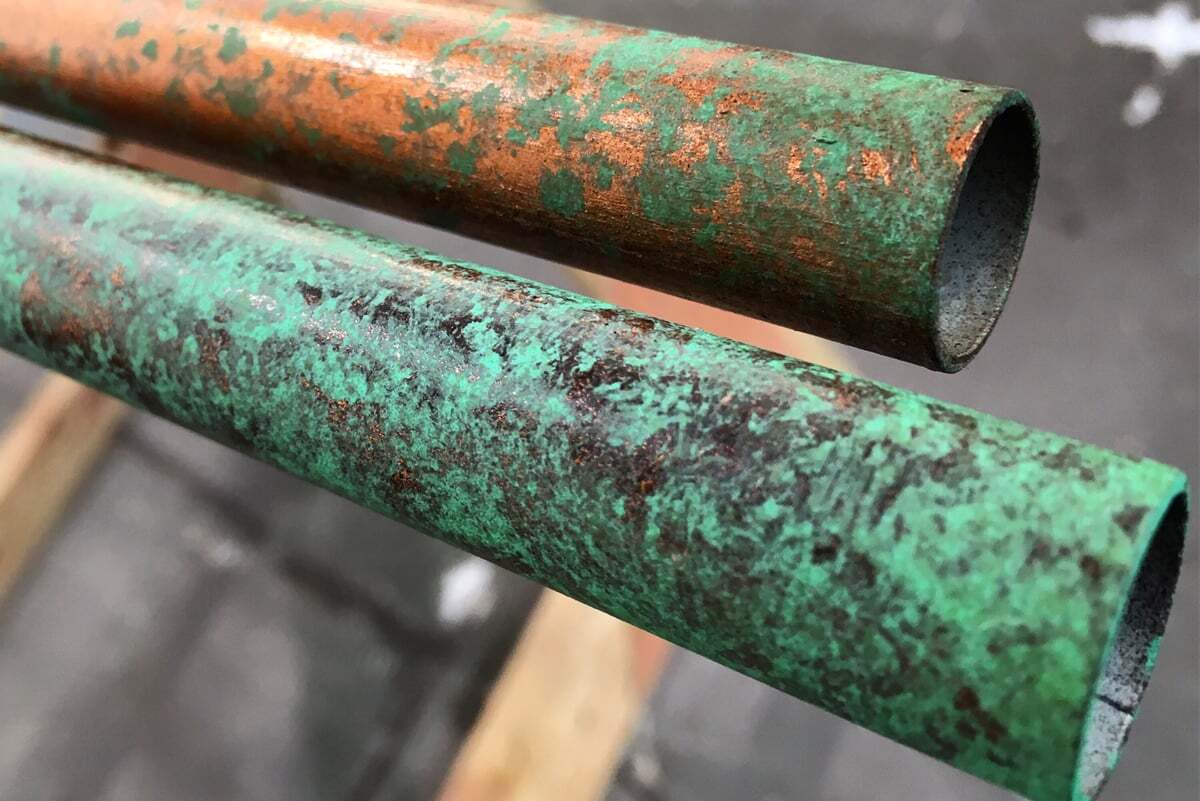
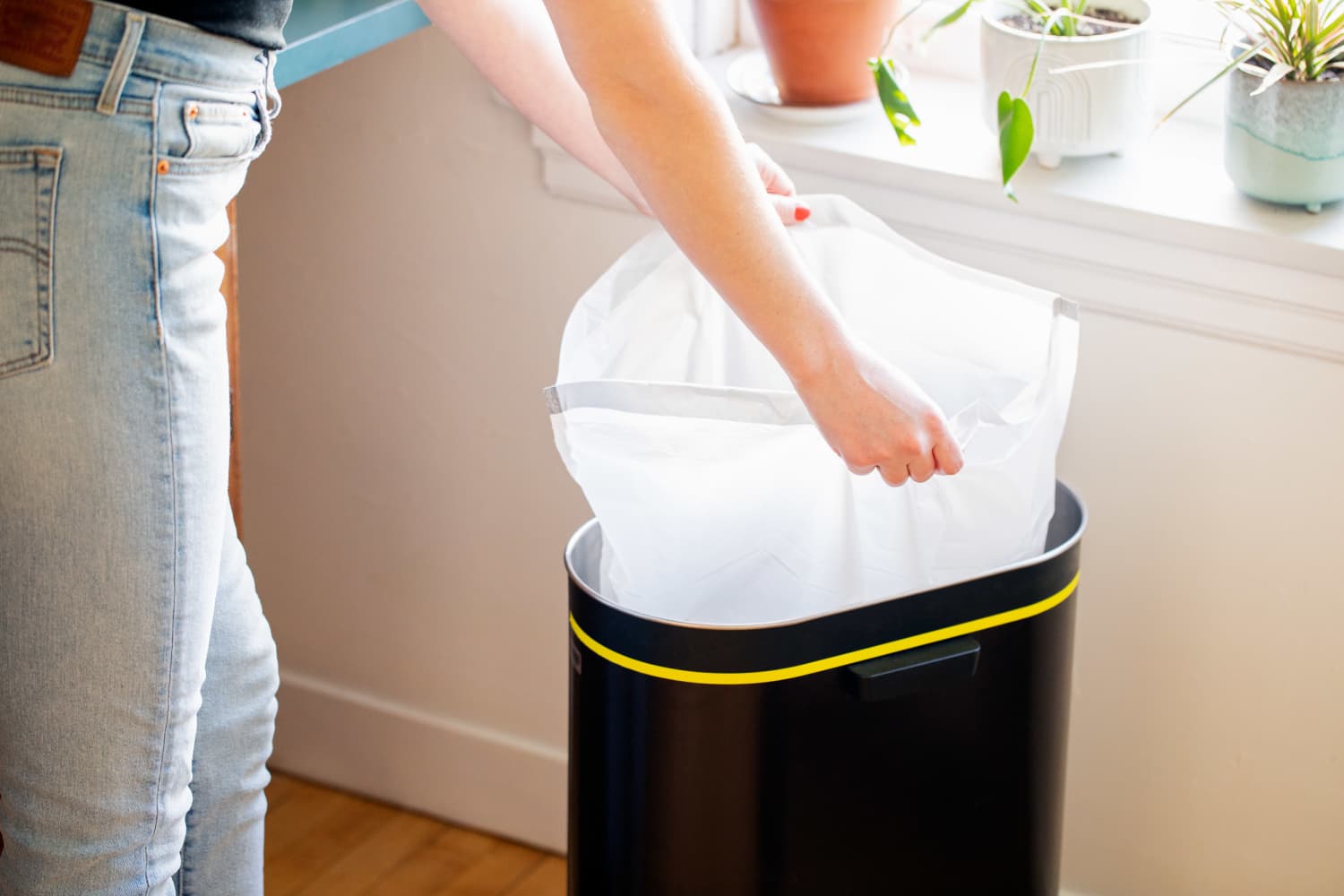
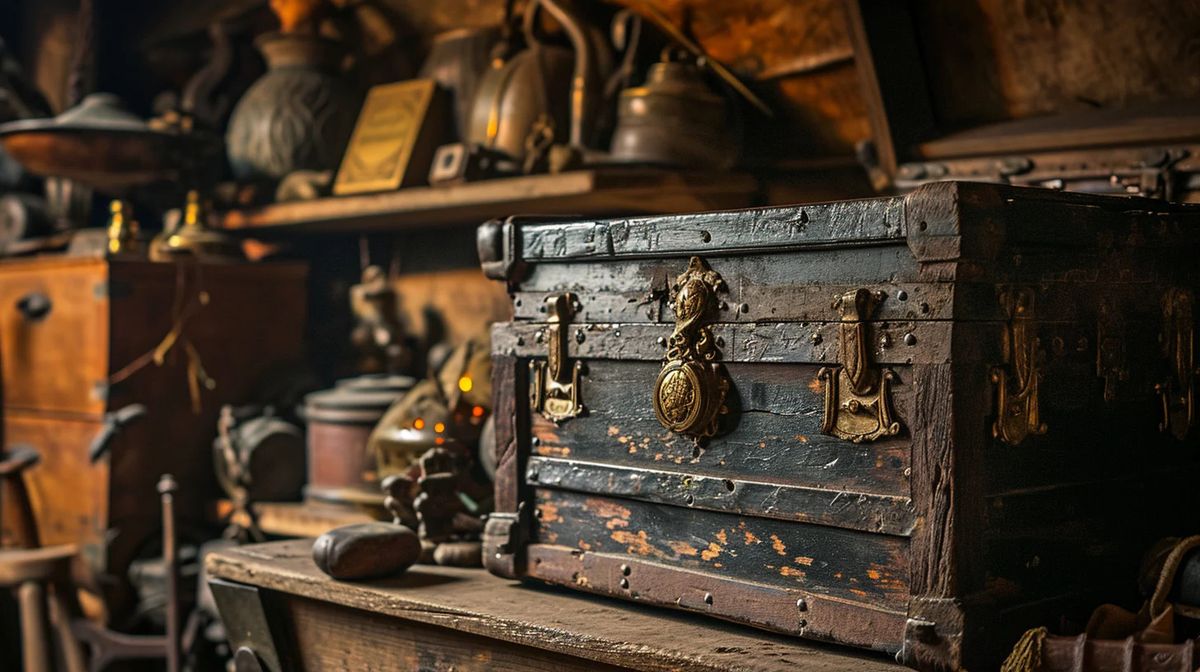
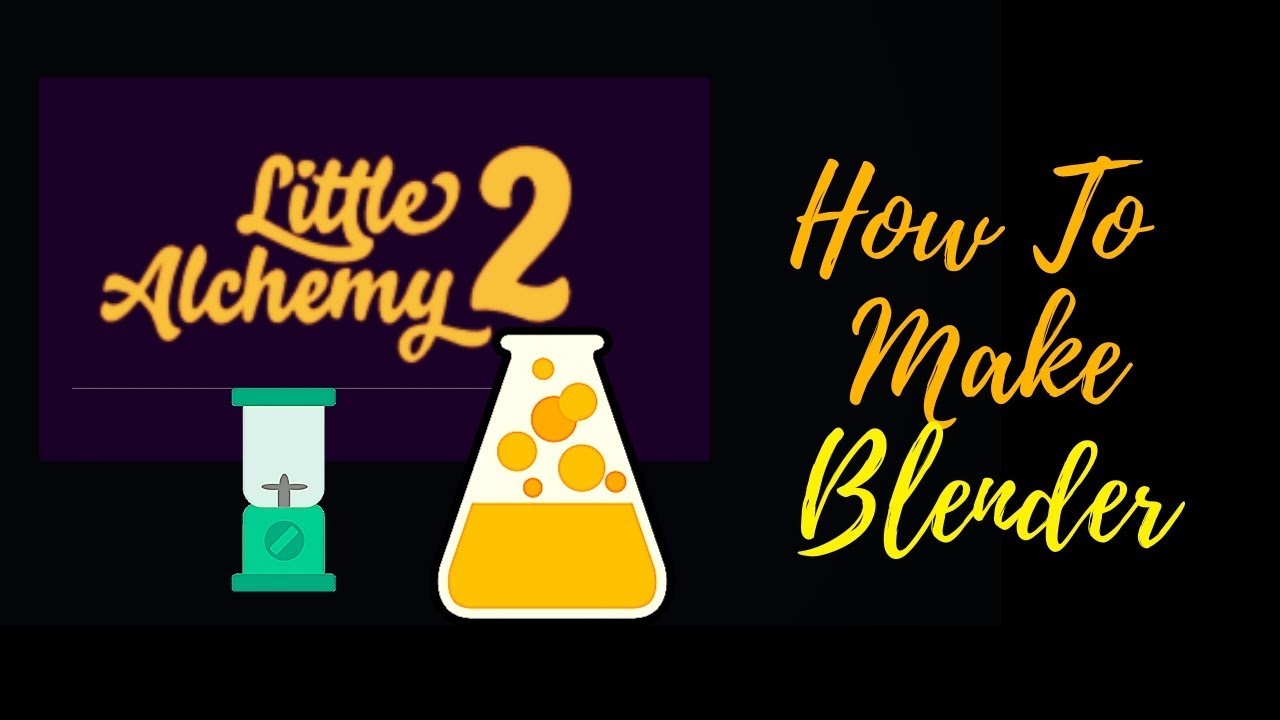

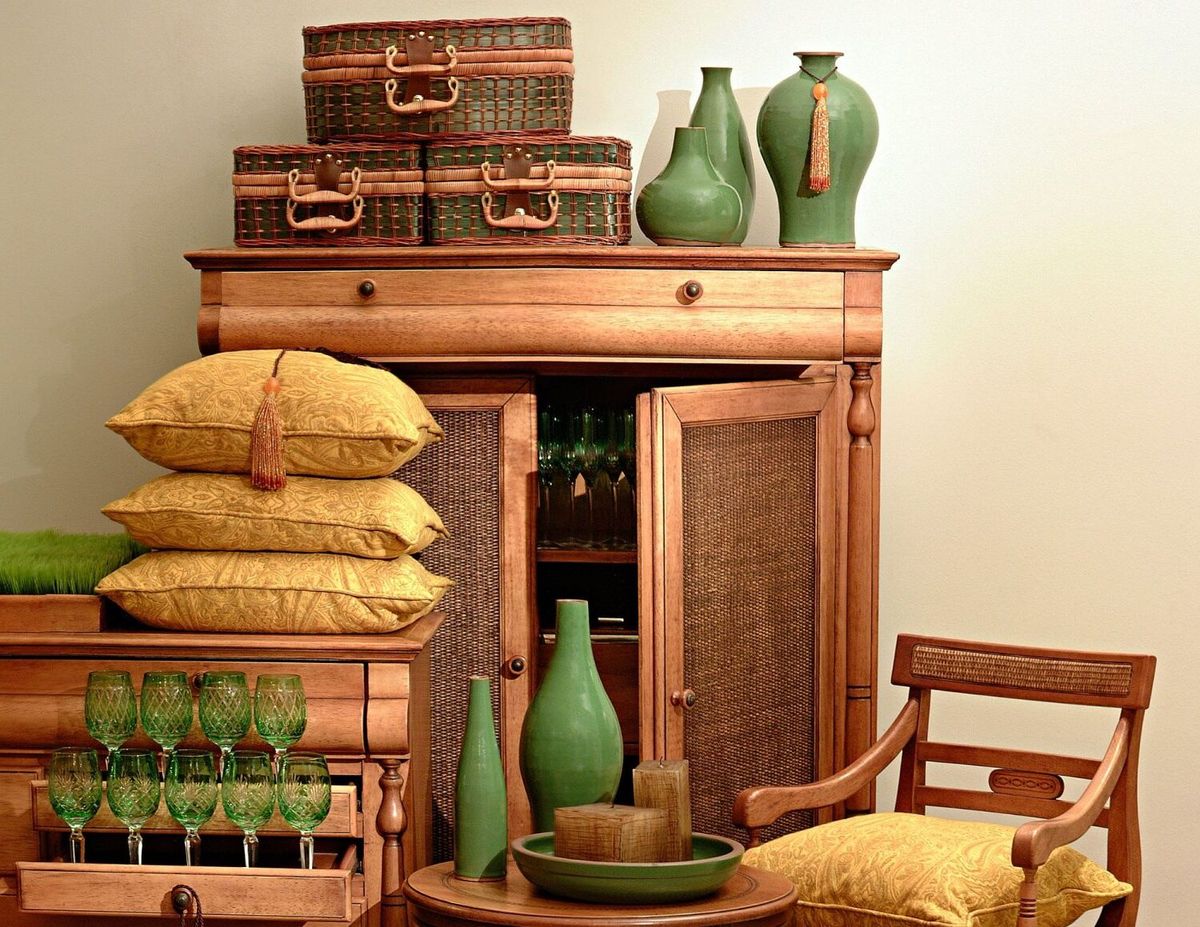

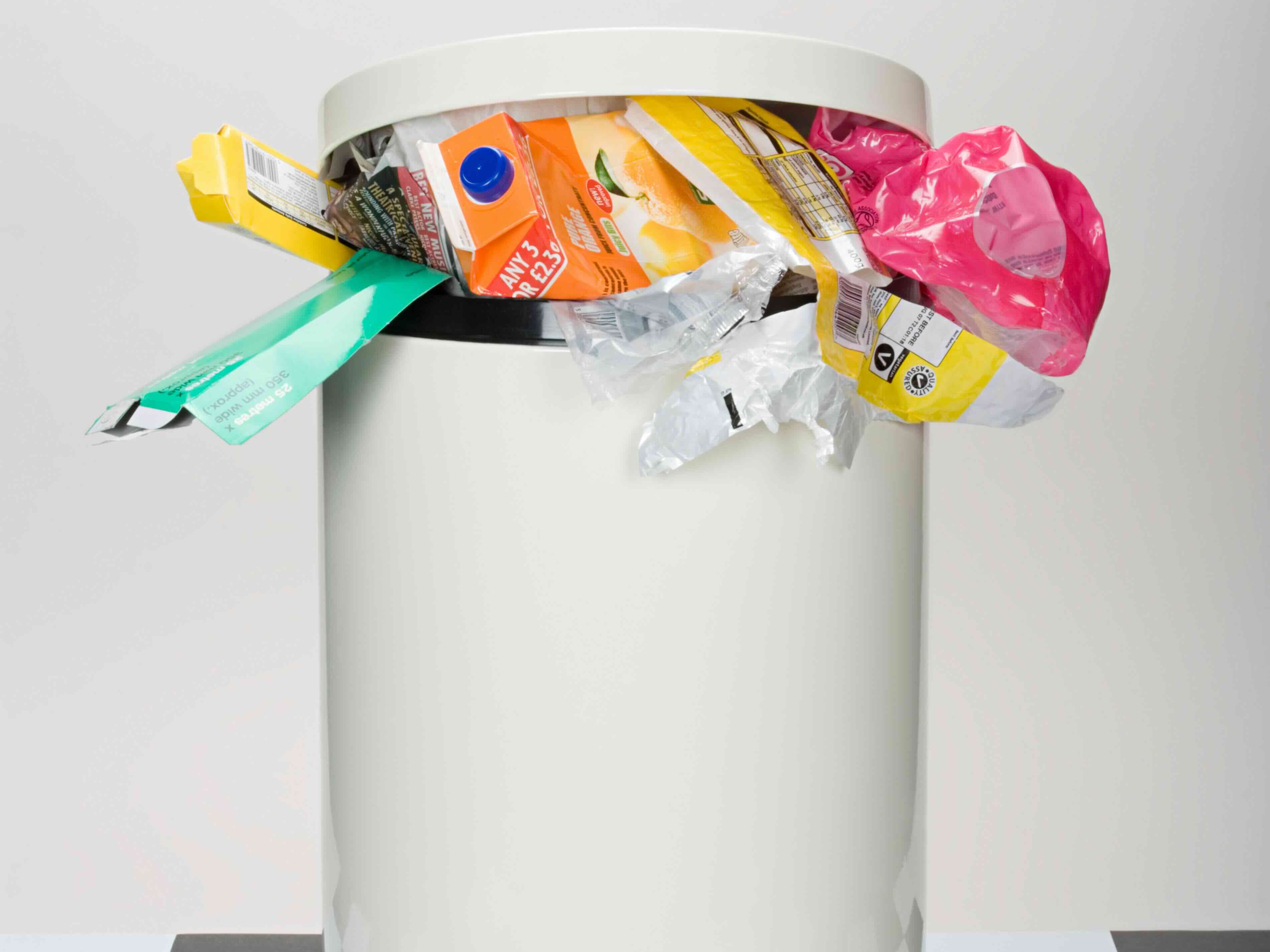
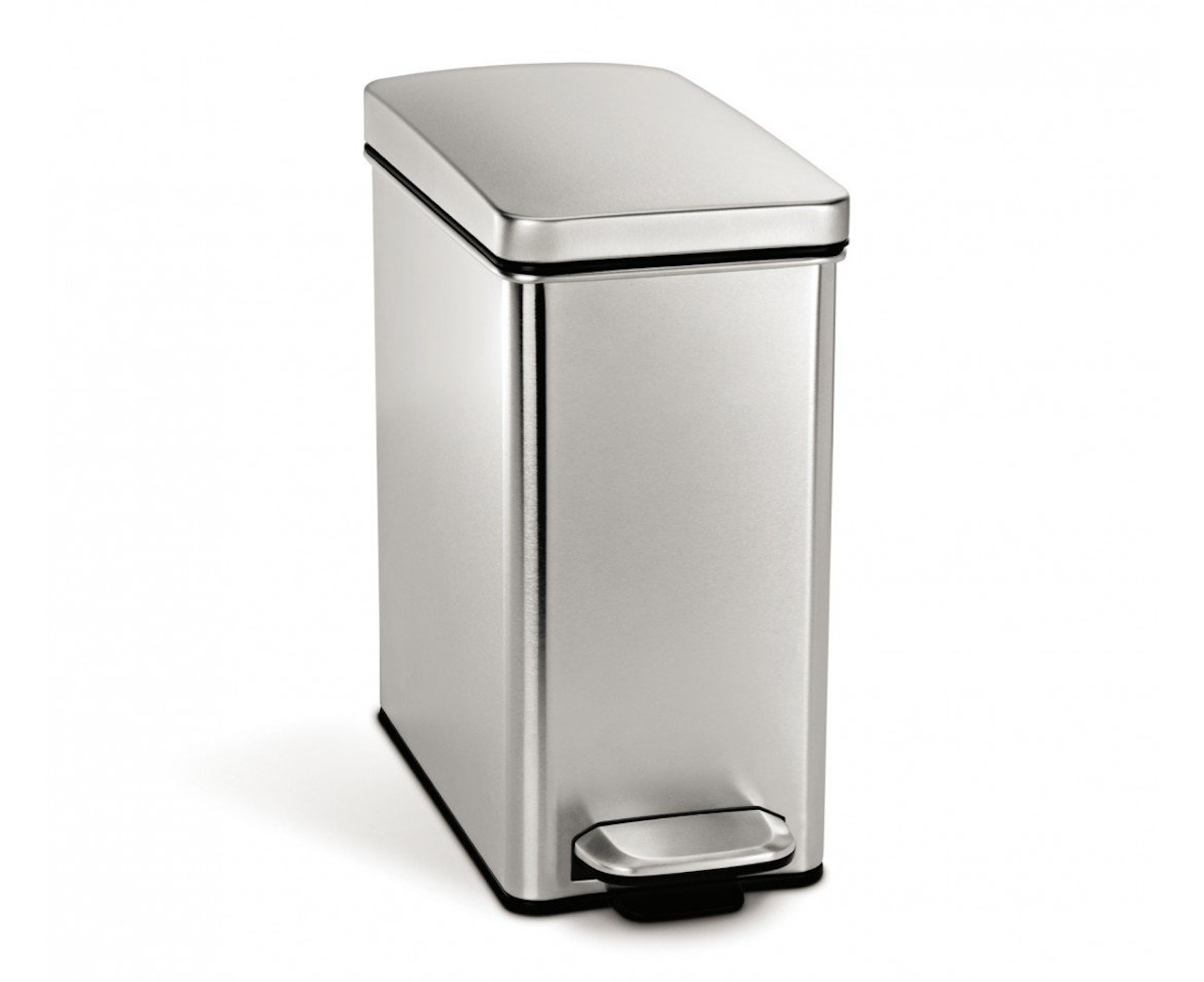
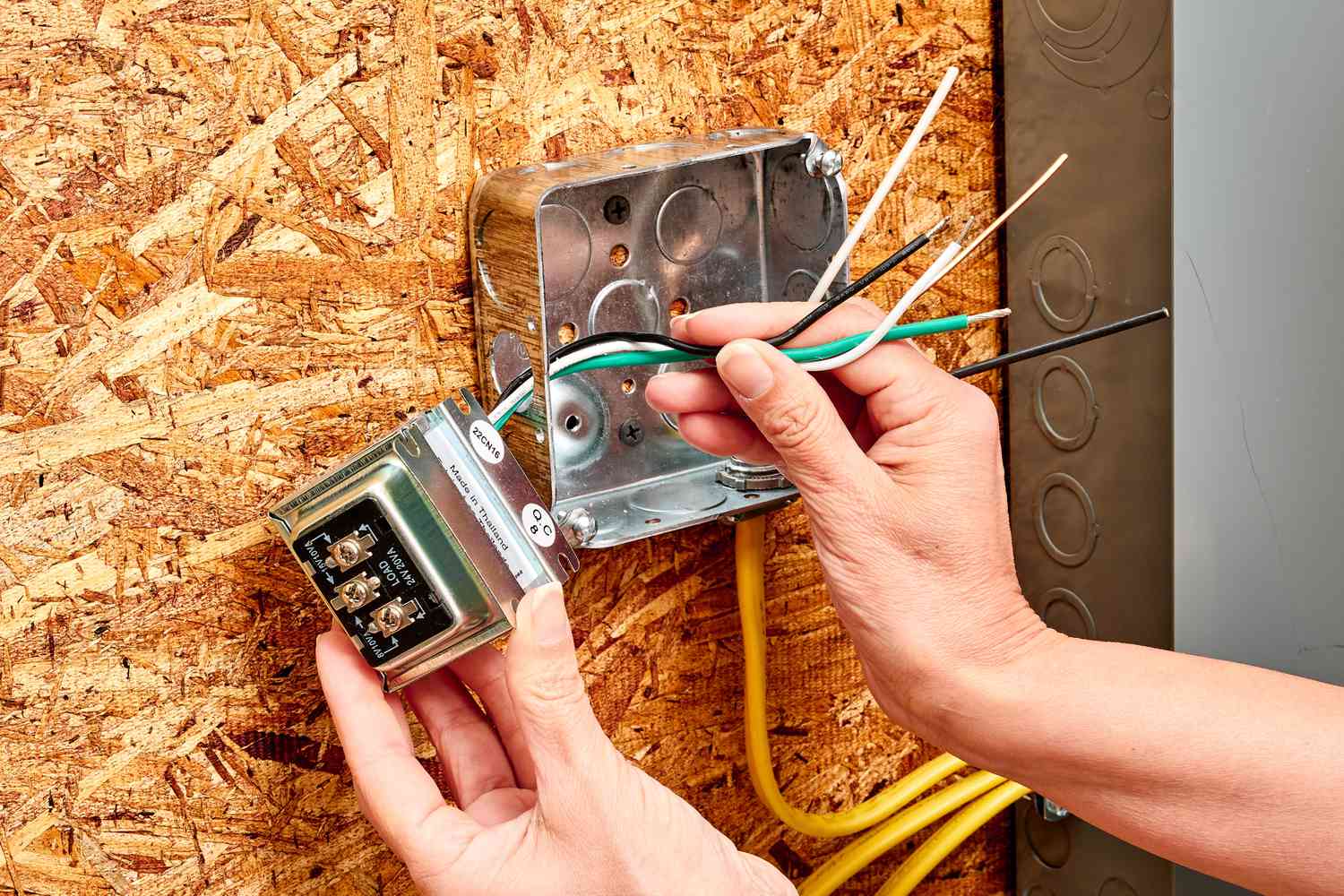
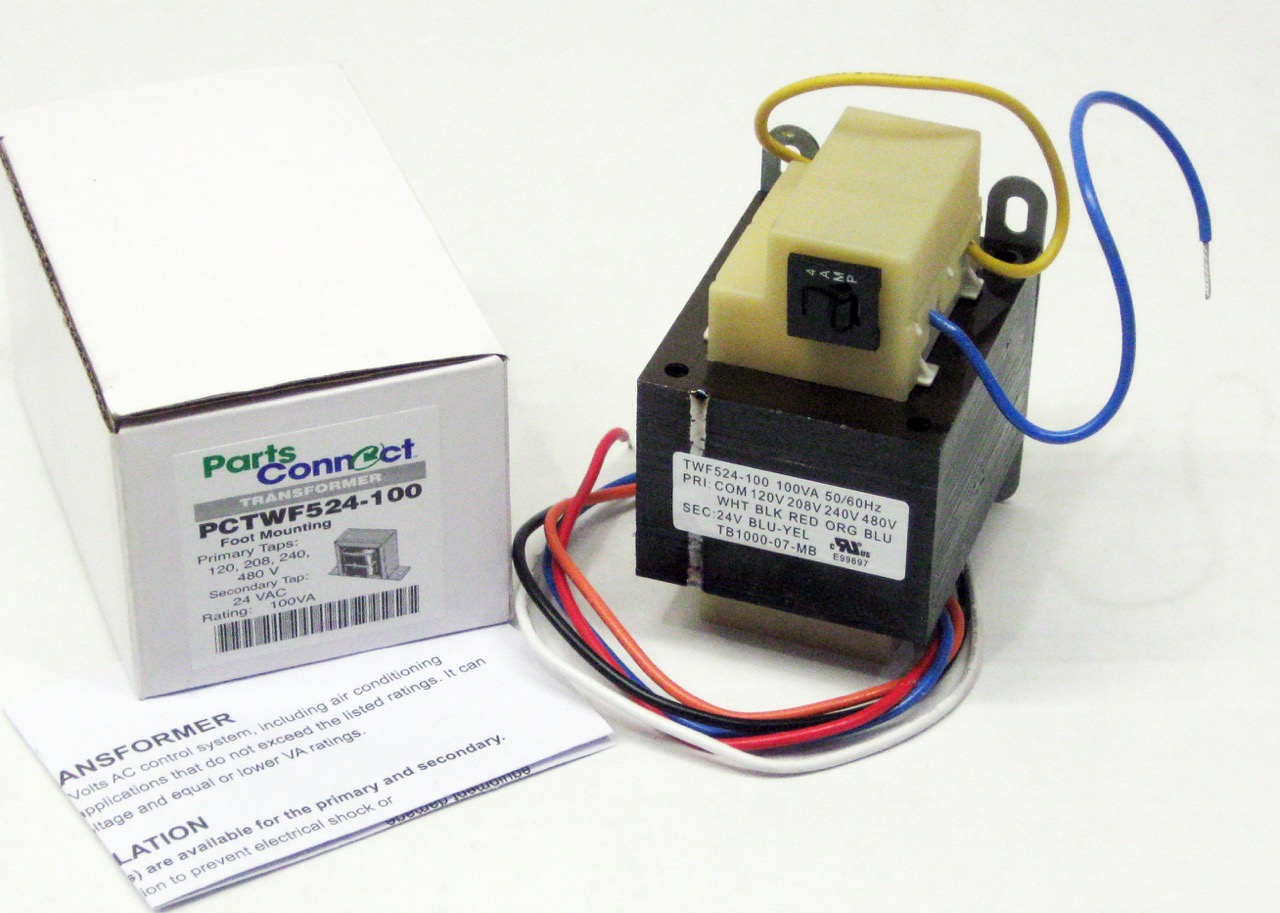
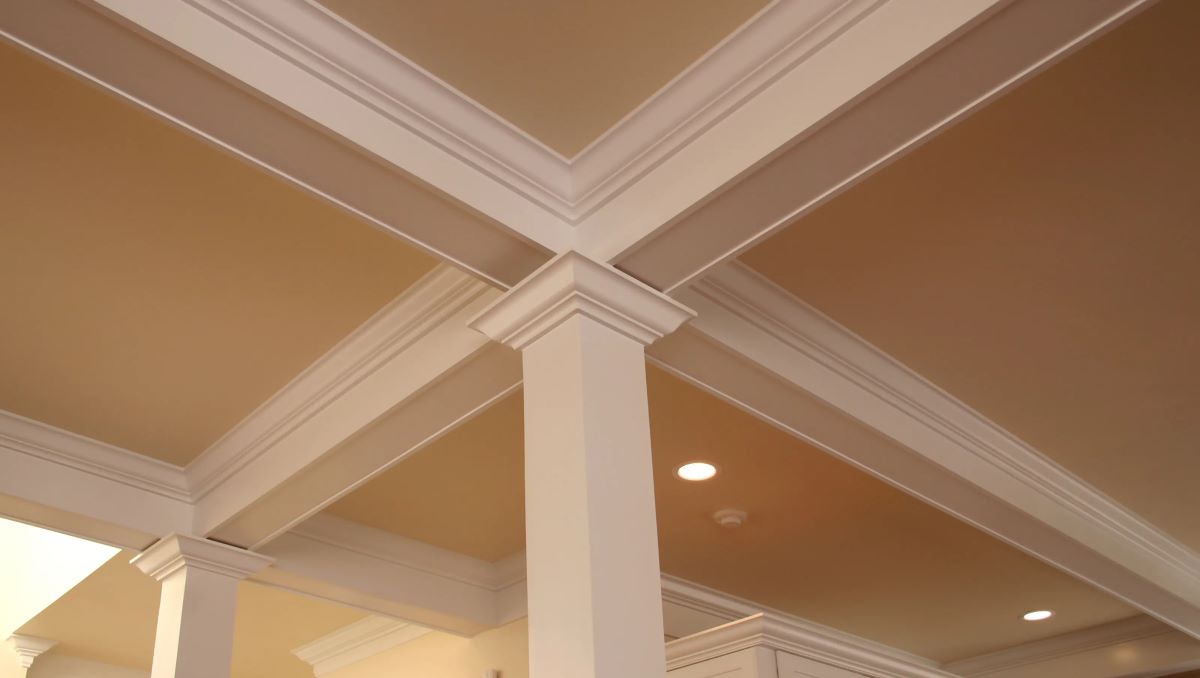
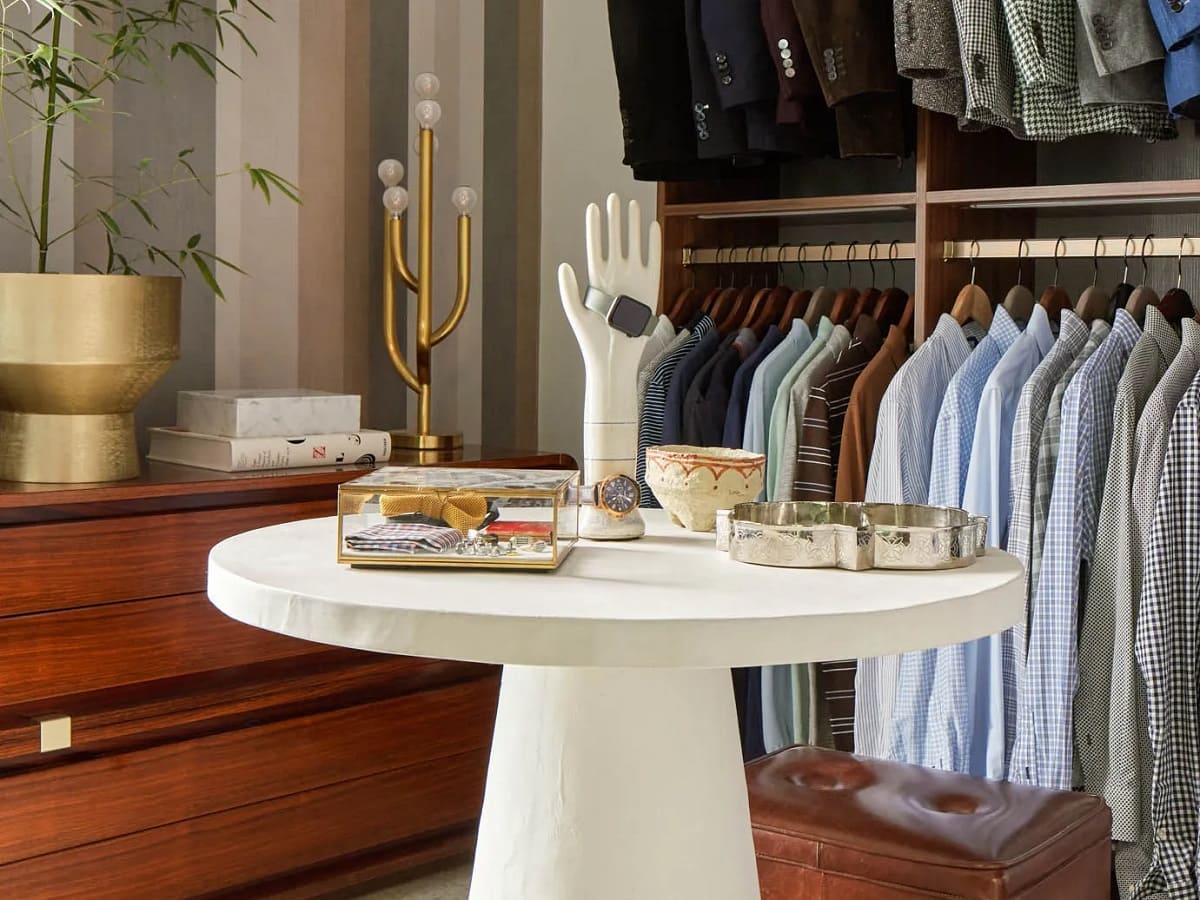

0 thoughts on “The Alchemy Of Transforming Trash To Treasure”